



Lake Victoria and the Great Lakes of the US: Lake Victoria, Africa's largest freshwater lake, is a vital resource for the region's ecosystem and fisheries. The Great Lakes of North America—Superior, Michigan, Huron, Erie, and Ontario—hold a fifth of the world’s fresh water, supporting diverse species and playing a key role in transportation and irrigation.

Disclaimer: Copyright infringement not intended.
An international team of researchers from North America and Kenya has completed a genetic survey of cyanobacteria — photosynthetic microscopic organisms also called harmful algal blooms — in the Winam Gulf of Lake Victoria, Kenya.
About the Great Lakes of the US
|
Feature |
Details |
|
Definition |
The Great Lakes are a series of large interconnected freshwater lakes in eastern and central North America that connect to the Atlantic Ocean via the Saint Lawrence River. |
|
Lakes |
Superior, Michigan, Huron, Erie, and Ontario |
|
Location |
Generally located on or near the Canada-US border |
|
Hydrological Connection |
Lakes Michigan and Huron are connected hydrologically via the Straits of Mackinac. |
|
Significance of Lake Huron |
Third largest freshwater lake in the world after Lake Superior and Lake Victoria. |
|
Transportation |
The Great Lakes Waterway enables modern water travel and shipping between the lakes. |

READ HERE
Source:
|
PRACTICE QUESTION Q. Consider the following statements about Lake Victoria:
Select the correct answer using the codes below:
Answer: B Explanation: Statement 1 is correct: Lake Victoria is the second-largest freshwater lake in the world, after Lake Superior in North America. Statement 2 is correct: Lake Victoria is located in East Africa, bordered by Tanzania, Uganda and Kenya. Statement 3 is incorrect: Lake Victoria is the source of the White Nile which flows northward (not southward), eventually merging with the Blue Nile in Sudan to form the Nile River. Statement 4 is correct: The lake supports the largest freshwater fishery in the world with an annual fish production of around 1 million tons. |
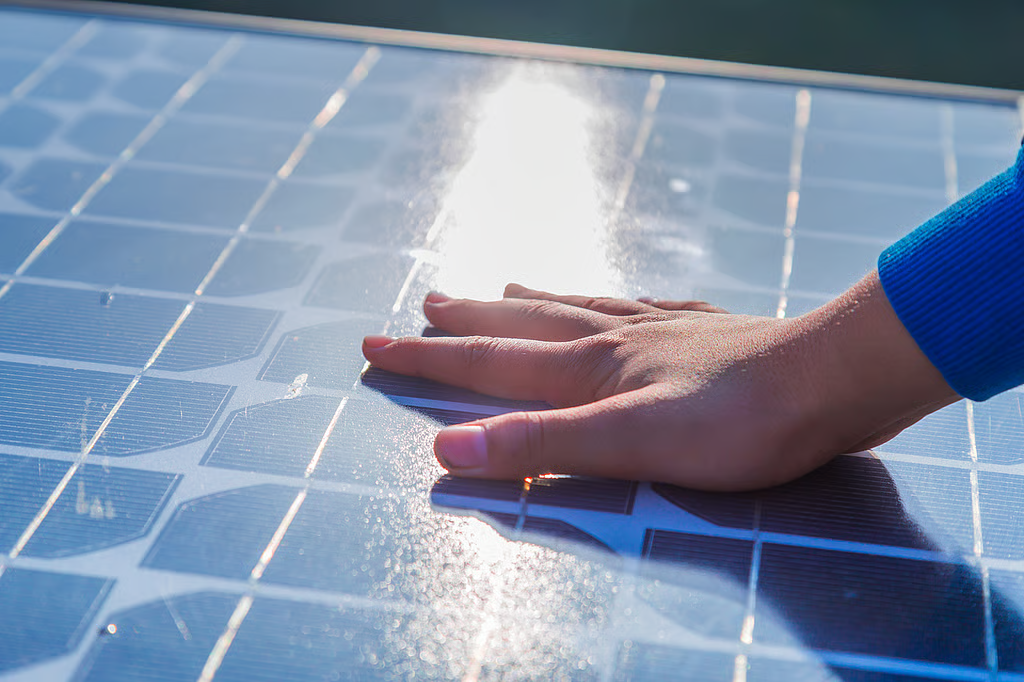

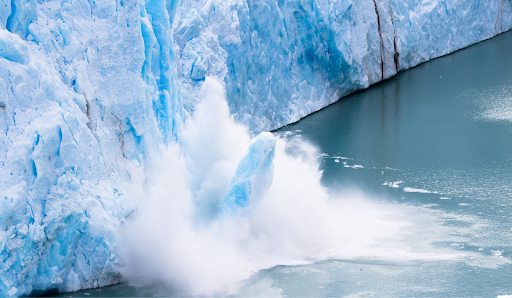
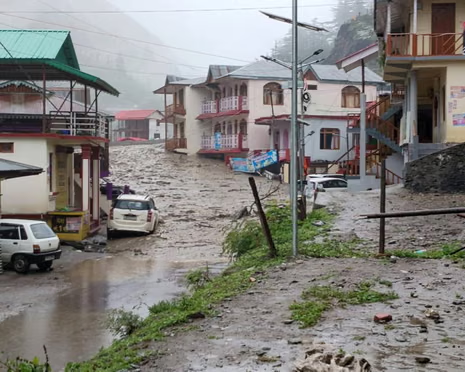
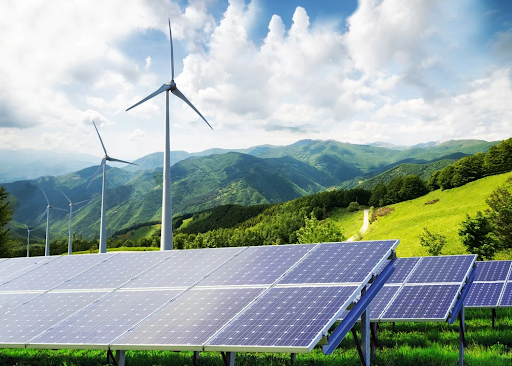

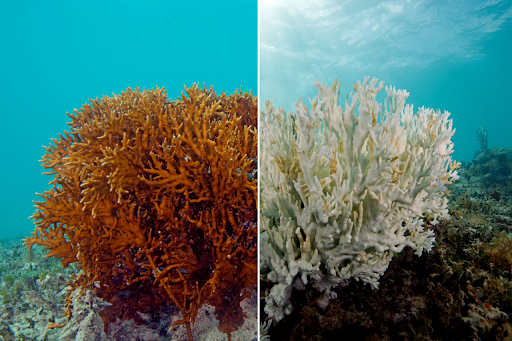
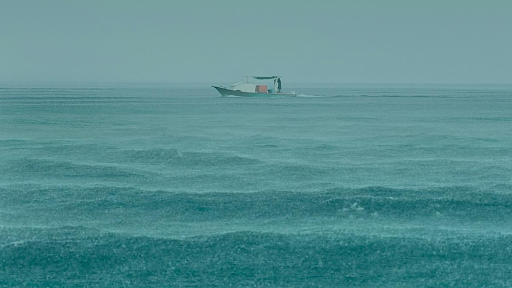
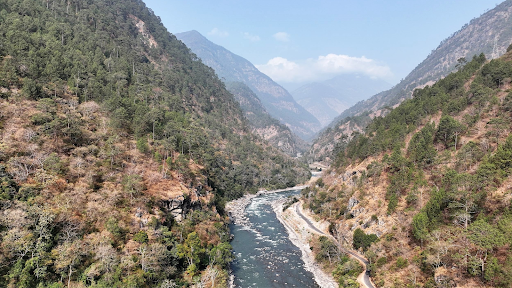

© 2025 iasgyan. All right reserved